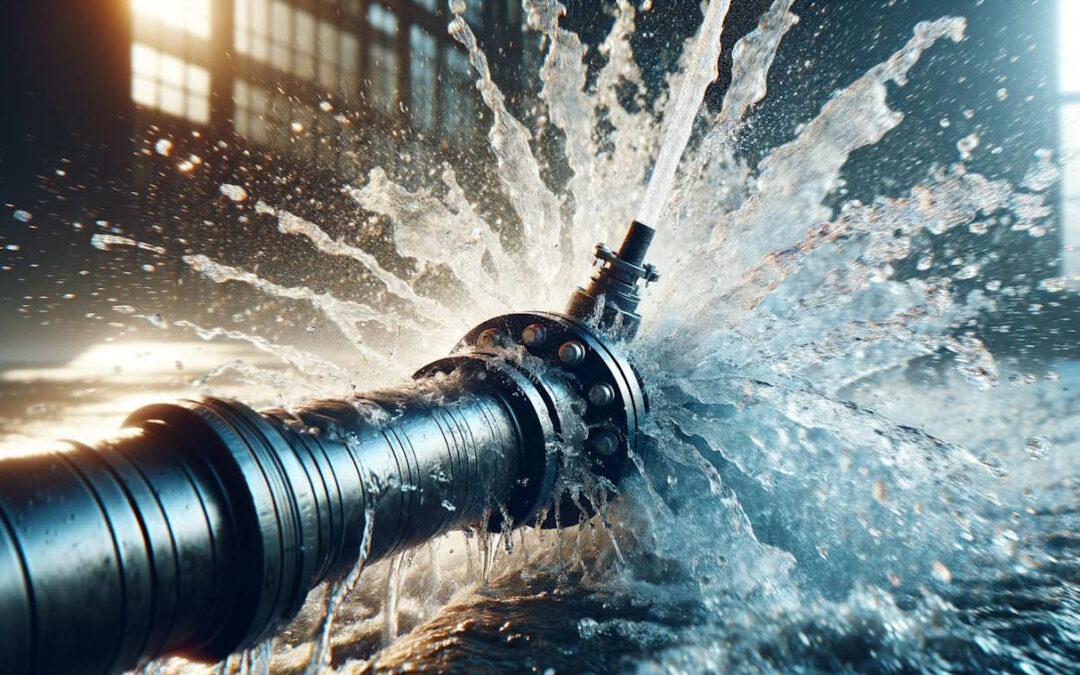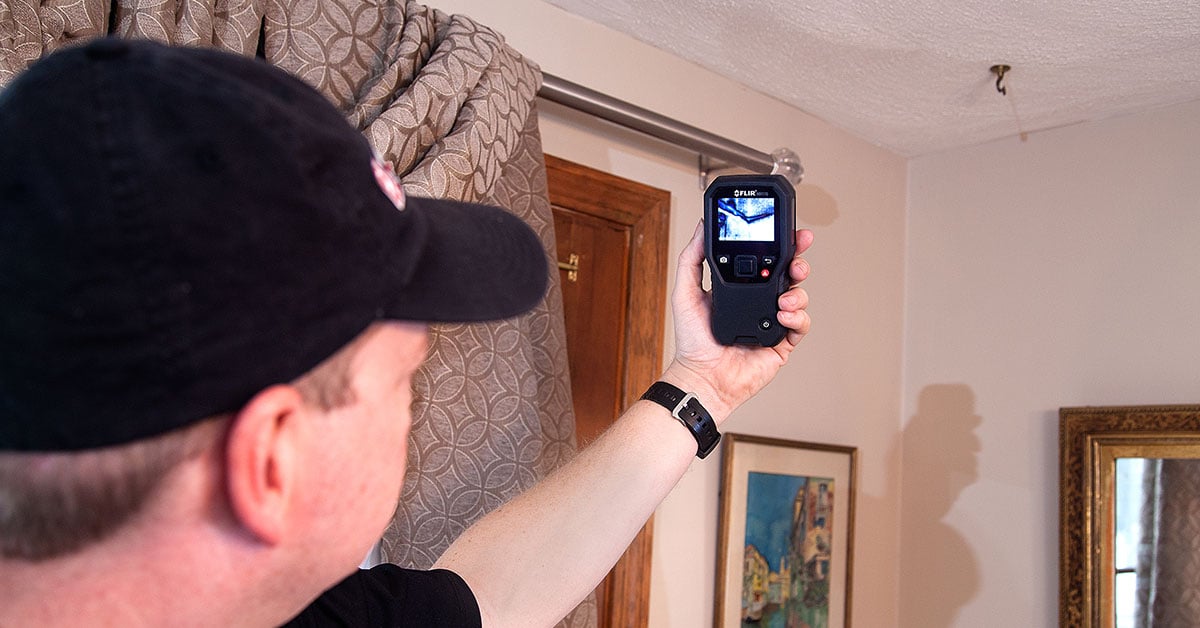Ingenious Solutions for Very Early Discovery of Water Leakages in Structures and Framework
As the stability of structures and facilities is paramount, the difficulty of early detection of water leaks has spurred cutting-edge remedies that promise to reinvent the way we safeguard against potential damages. From sophisticated leak discovery innovations to the implementation of IoT sensing units for real-time monitoring, the landscape of leakage avoidance is developing swiftly. Artificial intelligence algorithms provide a glance into the future of leakage prediction, while thermal imaging offers a non-intrusive method for determining concealed leakages. Automated water flow analysis systems are reshaping just how leaks are recognized and addressed, paving the means for a proactive method to water leakage discovery. Each of these options holds the key to ensuring the dependability and longevity of our constructed environment, triggering a shift towards a more lasting and efficient future.
Advanced Leakage Detection Technologies
Advanced leak detection technologies, outfitted with sophisticated sensing units and algorithms, play a critical role in promptly determining and identifying water leakages in various settings. These modern technologies use a mix of acoustic, thermal, and electro-magnetic noticing approaches to find leakages properly. Acoustic sensing units identify the audio of escaping water, enabling for accurate localization of the leakage resource. Thermal imaging identifies temperature level adjustments brought on by water leak, providing one more effective technique for leak identification. Electromagnetic sensing units can recognize adjustments in magnetic fields brought on by water, using yet one more layer of leakage detection ability.

IoT Sensors for Real-Time Tracking
In the realm of contemporary water leakage detection, the assimilation of IoT sensors for real-time tracking represents a crucial development in enhancing proactive leak detection capabilities. These sensors provide continuous surveillance of water systems, giving real-time information on water flow prices, pressure variants, and temperature level changes. By leveraging IoT technology, these sensors can identify also the smallest abnormalities in water use patterns, allowing very early identification of potential leakages prior to they rise into major issues.
IoT sensors send information to a central system, where advanced algorithms examine the details and produce alerts or notices when irregularities are identified. This real-time monitoring ability allows home owners or facility supervisors to immediately address leaks, decreasing water damage, minimizing repair work prices, and saving water sources.
In addition, IoT sensing units can be integrated with building management systems, allowing for computerized feedbacks to spotted leaks, such as turning off water shutoffs or triggering pumps to alleviate the influence of leakages. In general, the application of IoT sensing units for real-time tracking significantly improves the effectiveness and effectiveness of water leakage discovery in buildings and facilities.
Maker Understanding Algorithms for Leak Prediction

One secret advantage of using artificial intelligence for leak forecast is its ability to continually discover and improve its precision with time. As more data is accumulated and fed into the algorithm, it can refine its forecasts and adapt to transforming problems, eventually increasing the reliability of leakage detection systems.
In addition, machine knowing formulas can aid in identifying subtle signs of leaks that might go undetected by traditional tracking methods. water leak detection. By examining complicated data embed in real-time, these algorithms can provide early warnings and informs, permitting prompt intervention and preventive maintenance to reduce potential water damage and linked prices
Using Thermal Imaging for Leak Detection
Thermal imaging innovation offers a promising method for identifying water leakages in different systems and facilities. By making use of infrared radiation and temperature differences, thermal imaging video cameras can identify surprise leakages that are not conveniently visible to the nude eye.
One of the crucial benefits of thermal imaging for leak detection is its non-intrusive nature. Unlike standard approaches that may call for burglarizing wall surfaces or floorings to find leaks, thermal imaging enables non-destructive testing. This not only conserves time and minimizes costs but additionally reduces disturbance to the structure or framework being evaluated. Additionally, thermal imaging can quickly check huge locations, providing an extensive summary of potential leak sources in a timely fashion. Generally, making use of thermal imaging innovation boosts the effectiveness and precision of water leak detection, making it a useful device for maintaining the stability of structures and frameworks.
Automated Water Circulation Evaluation Systems
How can automatic water flow evaluation systems reinvent the discovery and administration of leakages in numerous systems and frameworks? Automated water flow analysis systems offer a positive strategy to leak discovery by constantly keeping an eye on water flow rates have a peek at this site and patterns. By establishing standard information, these systems can promptly recognize deviations that might indicate a leakage, allowing punctual treatment to protect against substantial damage.
These systems use innovative algorithms to analyze real-time data and give immediate notifies when abnormalities are identified, permitting swift action to be taken. In addition, automatic water circulation analysis systems can be integrated with structure management systems or IoT platforms, boosting general efficiency and allowing remote monitoring capacities.
Furthermore, the data collected by these systems can be used for predictive maintenance functions, aiding to identify possible powerlessness in the facilities prior to leaks happen. Overall, the implementation of computerized water circulation analysis systems can substantially improve leakage discovery and monitoring methods, eventually bring about set you back financial savings, decreased water wastefulness, and enhanced sustainability in structures and infrastructure.

Conclusion
In final thought, the assimilation of advanced leak detection technologies, IoT sensing units, artificial intelligence algorithms, thermal imaging, and automated water flow evaluation systems provides innovative solutions for early discovery of water leakages in structures and framework. These technologies make Full Report it possible for real-time surveillance, prediction of leakages, and reliable discovery approaches to stop water damages and wastage. Executing these options can help in keeping the honesty and sustainability of water systems in numerous setups.